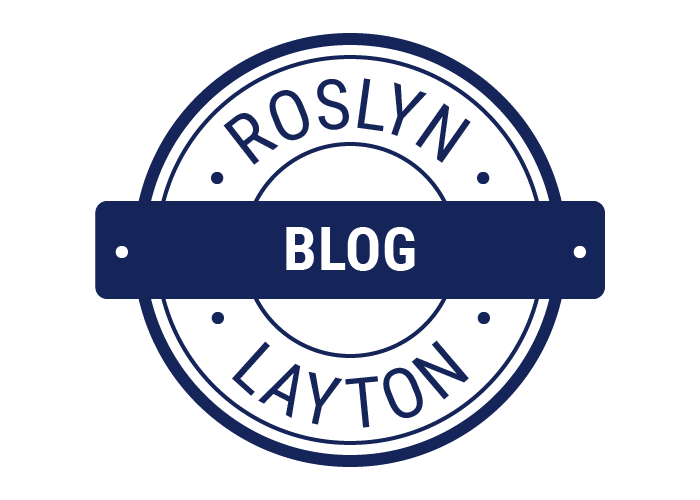Low Income Californians Need Full Access To State And Federal Broadband Programs

An irrational proposal by California Public Utilities Commission (CPUC) staff would deny lower-income California families and workers the full benefits of subsidies designed to give them affordable online access. That’s unfair and runs directly counter to the intent of programs designed to help people in need improve their lives.
California LifeLine is a CPUC program that helps lower-income households afford broadband and phone services. Families can qualify many different ways, including by annual income level or enrollment in programs such as food assistance, Social Security and tribal benefits.
The Affordable Connectivity Program (ACP) is a similar plan at the federal level, run by the FCC to help “ensure that households can afford the broadband they need for work, school, healthcare and more.” To maximize the effectiveness of the ACP, the FCC adopted an order that allows low-income households to apply both the federal benefit and any state discounts for which they are eligible to the same service.
The CPUC staff proposal would allow wireline providers to combine all LifeLine subsidies with ACP funds. But, inexplicably, the staff proposal at issue here would prohibit wireless carriers from doing the same thing. In today’s world, that is a major mistake that is going to negatively impact the finances of many California families which are already struggling financially.
It is an increasingly wireless world, and often especially so for California’s poor. Research data from 2021 indicates that 27% of U.S. households with an annual income of less than $30,000 depend exclusively on a smartphone for broadband access. For families that are housing unstable (which in California includes not only the homeless and near-homeless but also many of the state’s sizeable population of migrant and transitory workers) wireline broadband is simply not a practical option.
These are the California families which need broadband connectivity and phone service assistance the most. Having access to broadband through a smartphone or handheld device can help them get work, find shelter, access remote schooling for their children, and link them with food support and other types of public assistance. Especially as we stand on the verge of widespread 5G coverage, dependable, affordable broadband access is important for all Californians, but for those on the lower end of the income scale it can be a virtual lifesaver.
The CPUC staff’s recommendation suffers from some flawed assumptions. It ignores common user practices relative to data rationing, is based on unrepresentative populations, and fails to consider national data usage trends. It is also not technology neutral, as CPUC polices are supposed to be. It would essentially force some program participants to use wireline technology, even if that is not their preferred or even feasible choice.
This decision would significantly reduce the availability of good service options for lower-income Californians. Some of the wireless plans offer unlimited data and access to reliable, high-speed broadband (at 5G speeds) for effectively a zero out-of-pocket cost for LifeLine and ACP participants. Eliminating those options would disproportionately impact millions of low-income, rural and tribal Californians, hindering their access to everything from health care to education to emergency services.
The goals of LifeLine and the ACP are one in the same. They both exist to help lower-income families access the digital world. The CPUC should withdraw this staff proposal and allow these beneficial programs to work together to accomplish their common mission.
Originally published in Forbes.